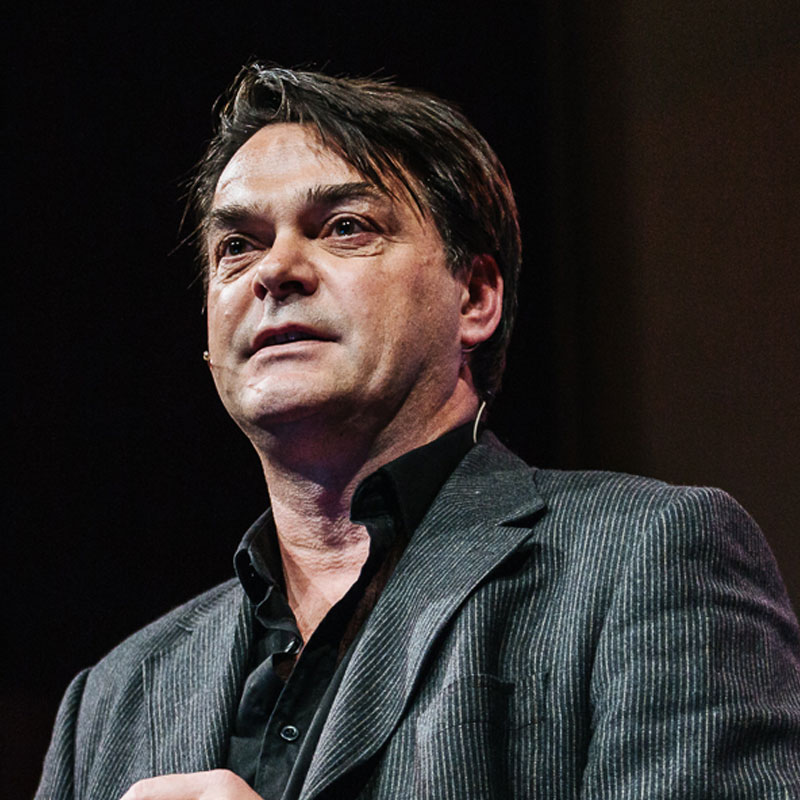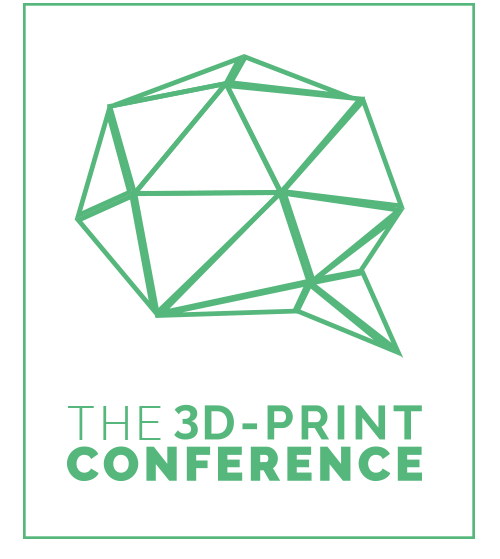
Conference on additive manufacturng maturity
The 3D-Print Conference
The maturity of 3D-Printing is finally on the horizon. If you are not investigating or implementing the possibilities of additive manufacturing (AM) as of now, you have missed something. Investments are going up, software platforms get integrated, standards are well underway, machines are getting faster and better and industrial material providers are entering the marketplace. But above all, business cases are easier to find. Large corporate companies like BMW, Adidas, Airbus and Starbucks have a complete digital supply chain strategy and many organisations are starting with a spare part digitisation project.
Venue Location
Smart Industry Fieldlab 3DMZ, Amsterdam Metropolitan Area, Oudeweg 91-95, Haarlem, The Netherlands. Entrance by car: Ir. Lelyweg
Hotel
We recommend:
Amrâth Grand Hotel Frans Hals
Damstraat 10
2011 HA Haarlem
Parking Facilities
3D Makers Zone (3DMZ) has a lot of free parking space around its facility. To get there you need to navigate to Ingenieur Lelyweg (dead end street) and take a first left through the gate.
Who’s Speaking
The following experts are confirmed speakers of the next conference.
Please, keep an eye on the website for updates.
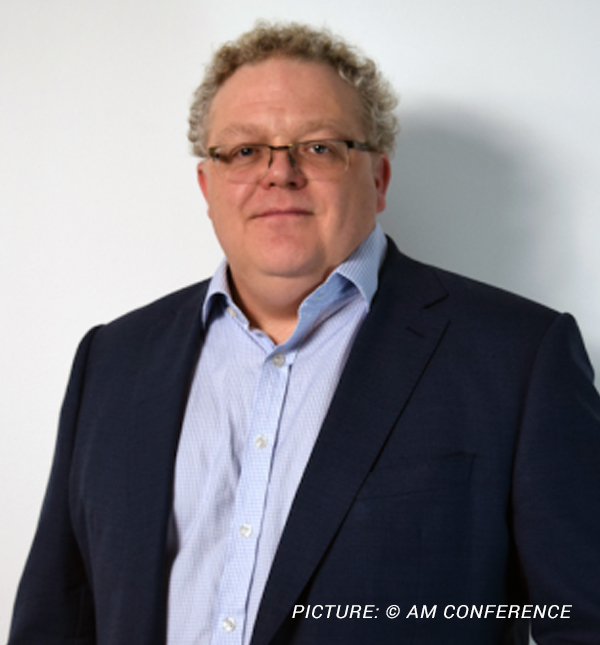
Dr. Phil Reeves
Managing Director Reeves Insight, previous Vice President Stratasys Strategic Consulting
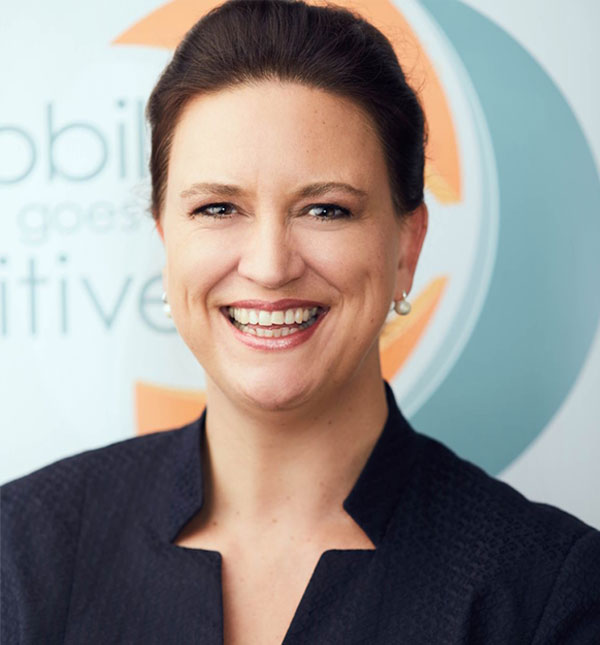
Stefanie Brickwede
Head of 3D Printing Deutsche Bahn & Managing Director Mobility Goes Additive
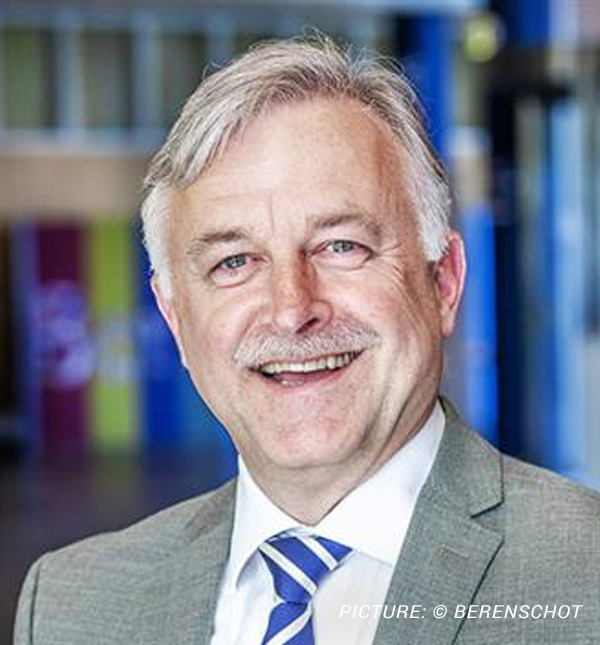
Onno Ponfoort
Sr. Consultant Berenschot
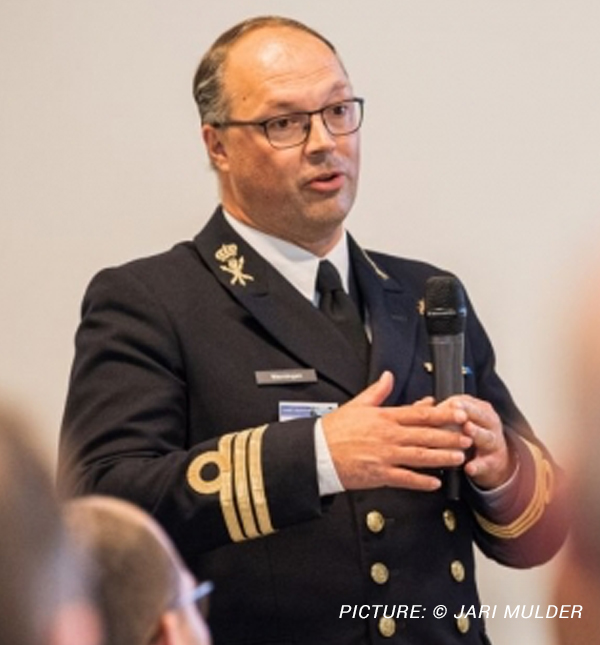
ir. EMSD Sander Wanningen
Head of Maintenance and Repair Group Royal Netherlands Navy
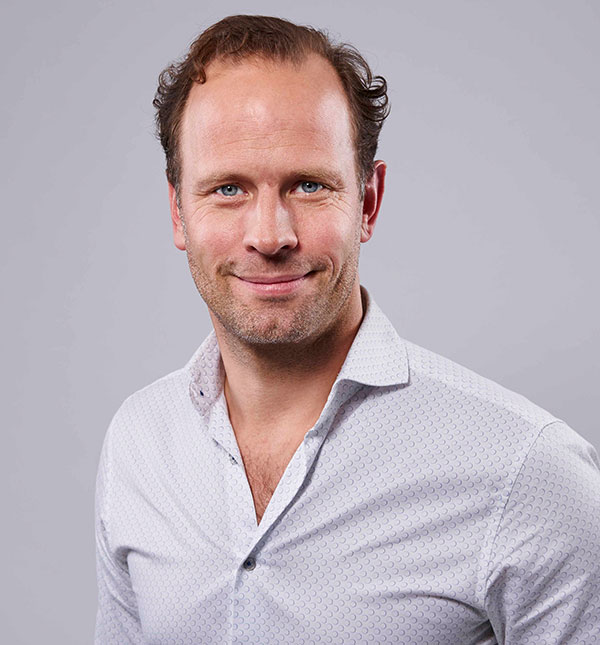
Pieter Bakker
Pieter Bakker, Projectmanager at BAM Infra
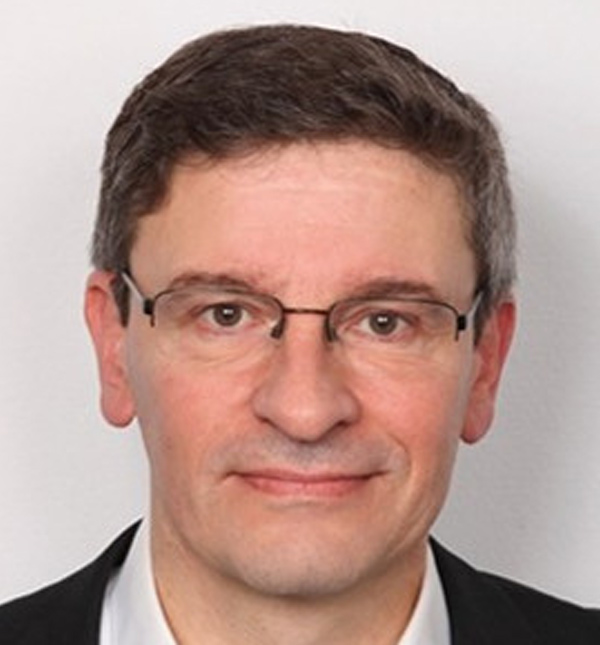
Dr. Markus Sachers
Business Development Additive Manufacturing / Blockchain at PROSTEP AG
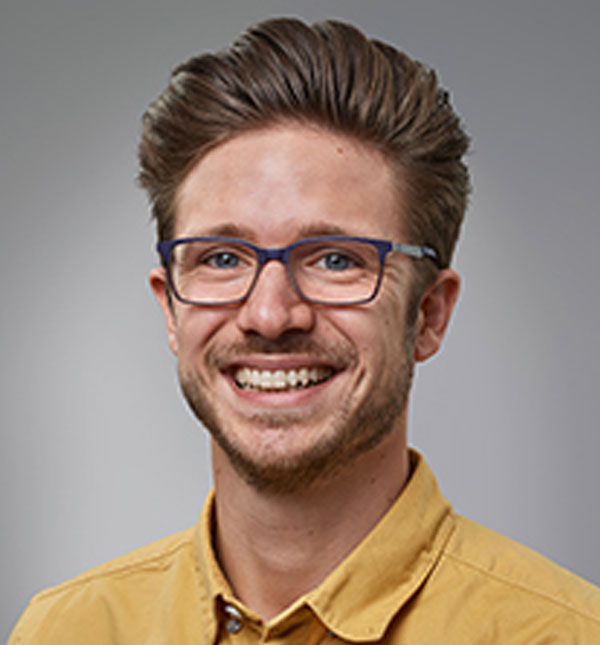
Dokus Soetemans
Application Engineer at GOM Branch Benelux
Conference Program
What to expect on 3D-Print Conference: Additive Manufacturing Maturity
Introduction of 3D-Print Conference: Additive Manufacturing Maturity
Location: Main Hall
Phil Reeves is currently leading a project sponsored by the UK government and the British Standards Institute (BSI) looking at how senior business leaders and decision makers in industry and finance should approach the development and assessment of business cases for using 3D Printing. This will be published as a formal BSI standard later in the year. The project looks at the management factors of AM/3DP such as assessing risk, change management, technology evaluation, raising finance, supply chain development and skills.
Location: Main Hall
Interactive question session with the audience.
Location: Main Hall
Deutsche Bahn has already manufactured 7,000 components via 3D Printing or Additive Manufacturing, with over 120 applications in their trains and Infrastructure. The service and maintenance divisions of DB has to deal with rare components that are not always available on the market. In order to reduce costly stocks and improve quality and delivery times of these components, DB has adopted AM and 3D Printing in their service and maintenance operations. A true front runner in Europe. Stefanie will share examples of 3D printing, as well as her view on how this technology can be applied in other sectors since she knows from her network members what they realize and expect from the technology. Not only for rail...
Location: Main Hall
Interactive question session with the audience.
Location: Main Hall
The Royal Dutch Navy installed 3D printers on board all large marine vessels in order to manufacture plastic non crucial components right there were they are needed. Wanningen shares unexpected applications of 3D printing with us, and his views on being self sufficient and independent out there at sea in harsh conditions.
Location: Main Hall
Interactive question session with the audience.
Location: Main Hall
Interactive wrap up of the morning session of 3D-Print Conference 2019.
Location: Main Hall
Location: Main Hall
Leading companies have already made the switch to optical metrology in the more traditional manufacturing processes such as plastic injection moulding, sheet metal forming and casting. As the additive manufacturing technologies are maturing, more and more companies introduce optical metrology in their processes. Using optical techniques for functional testing, process control and quality control offers many benefits, especially for 3D printed parts which are often complex, have free forms and are highly customized. The results of the different applications presented will show how and why optical metrology is implemented throughout the process and how it contributes to the maturity of additive manufacturing.
Location: Main Hall
Interactive question session with the audience.
Location: Main Hall
De technology of 3D printing of concrete is finding it's way towards civil engineering en construction of buildings. Pieter Bakker will present the technology and the possibilities of this method that saves material, time-consuming processes and labor at the construction side.
Location: Main Hall
Interactive question session with the audience.
Location: Main Hall
.
Location: Main Hall
Meeting safety and industry standards is crucial for 3D Printed (spare) parts to be used in industry. Next to quality requirements, the 3D Printed parts also need to bring economic benefits. Berenschot and DNV-GL teamed up and manage a joint industry project in the Oil, Gas and Maritime sectors to develop an industry supported quideline to ensure that parts meet stated quality and are manufactured in a safe and repeatable manner. At the same time the economics of the demonstrator parts produced in the project are translated into a Business Impact Model. In the presentation Onno will share learnings and results on both aspects
Location: Main Hall
Interactive question session with the audience.
Location: Main Hall
Interactive question session with the audience.
Location: Main Hall
Interactive question session with the audience.
Location: Main Hall
Early adopters benefit from their expertise and efforts to improve AM and 3D printing technologies over the last years. The technology has reached a stage of maturity rapidly. Experts on materials, hands-on applications, the business case and printing technology join our panel to discus with you: - Modern AM machines and 3D Printers - Why adopt AM and 3D Printing now? - Closing your AM or 3D Printing business case - Certification and quality control - Future challenges and outlook for AM and 3D Printing
Location: Main Hall
.
Location: Main Hall
.
Location: Main Hall
Regular
€175
- Complete Conference Program
- Lunch
- Coffee Break
- Networking drinks
Selected Guests
with discount code
- Complete Conference Program
- Lunch
- Coffee Break
- Networking drinks
